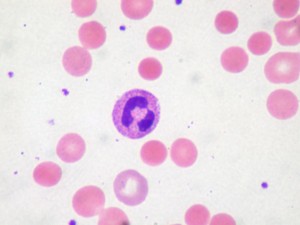Hepatitis TT
A pesar de la caracterización de virus de hepatitis de la A a la E, aún hay una porcentaje de casos de hepatitis que queda sin explicación y en que los antecedentes epidemiológicos apuntan a un agente infeccioso, posiblemente viral. Es poco probable que este agente corresponda al virus de hepatitis G (HGV).

En 1998 se describió un virus DNA asociado a hepatitis post-transfusional no A-E que fue bautizado TTV (transfusion transmited virus). Las iniciales del paciente en que fue descrito eran también TT. Hay evidencias de que este virus presenta hepatotropismo y de que los niveles de carga viral se correlacionan con el nivel de elevación de aminotransferasas, lo cual no se ha demostrado con el HGV.
El TTV es altamente prevalente en la población general (aproximadamente 2%), pero llega a más del 70% de los sujetos expuestos a múltiples transfusiones de sangre. El virus produce infección persistente en más del 90% de los expuestos y se ha demostrado un clearance viral anual de aproximadamente 10%.
El TTV tiene un genoma compuesto por una hebra simple de DNA. El virus no tiene envoltura. Se clasificó en una nueva familia de virus: Circinoviridae. Se han descrito 4 genotipos diferentes (1a-c, 2a-f, 3 y 4), predominando el genotipo 1.
Se han descrito una serie de virus relacionados al TTV:
- SANBAN
- YONBAN
- TUS01
- PMV
- TLMV: TTV-like minivirus
- SEN
Al igual que el TTV, estos virus relacionados tienen un significado patogénico incierto. Si bien es posible que algunos de ellos se asocien a elevación de aminotransferasas luego de transfusión, es improbable que expliquen casos de hepatitis aguda clínicamente significativa o se asocien a resultados adversos a largo plazo como cirrosis o cáncer hepático.

In spite of the characterization of the hepatitis virus from A to E, there is still a percentage of hepatitis cases which are unexplained and in which the epidemiological history points towards an infectious agent, possibly viral. It is unlikely that this agent corresponds to the hepatitis G (HGV) virus.
In 1998 a DNA virus associated with post-transfusional hepatitis which was not A-E was described, this being named transfusion transmitted virus (TTV). The initial letters of the patient in which it was described were also TT. There is evidence that this virus presents hepatotropism and that the viral load levels correlate with the level of aminotransferase elevation, which was not the case with HGV.
TTV is highly prevalent in the general population (approximately 2%), but it reaches more than 70% of people who are exposed to multiple blood transfusions. The virus produces persistent infection in more than 90% of those exposed and an annual viral clearance of approximately 10% has been demonstrated.
TTV has a genome composed by a simple strand of DNA. The virus has no envelope. It was classified in a new family of virus: Circinoviridae. Four different genotypes have been described (1a-c, 2a-f, 3 and 4), genotype 1 predominating.
A series of viruses related to TTV has been described:
- SANBAN
- YONBAN
- TUS01
- PMV
- TLMV: TTV-like minivirus
- SEN
As with TTV, these related viruses have an uncertain pathogenic significance. Although it is possible that some of them are associated with aminotransferases elevation following transfusion, it is improbable that they explain cases of clinically significantly acute hepatitis or are associated with adverse long term consequences, for example cirrhosis or liver cancer.
